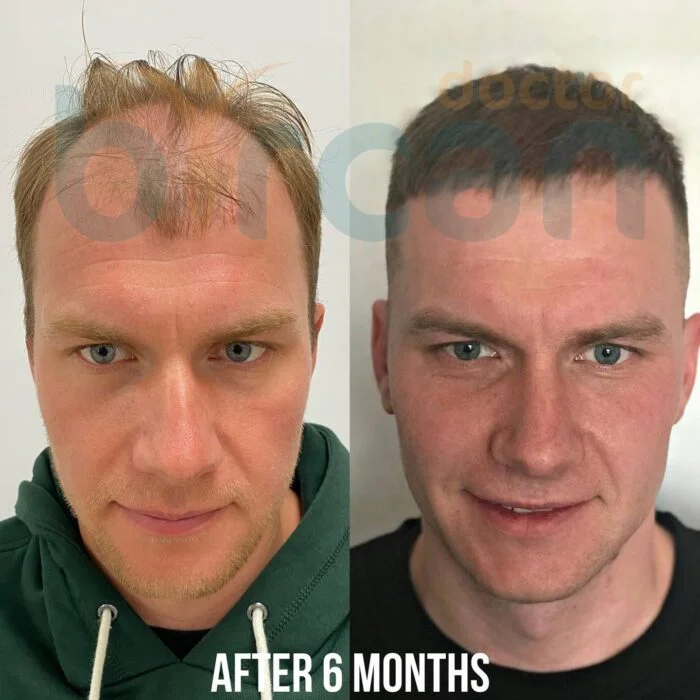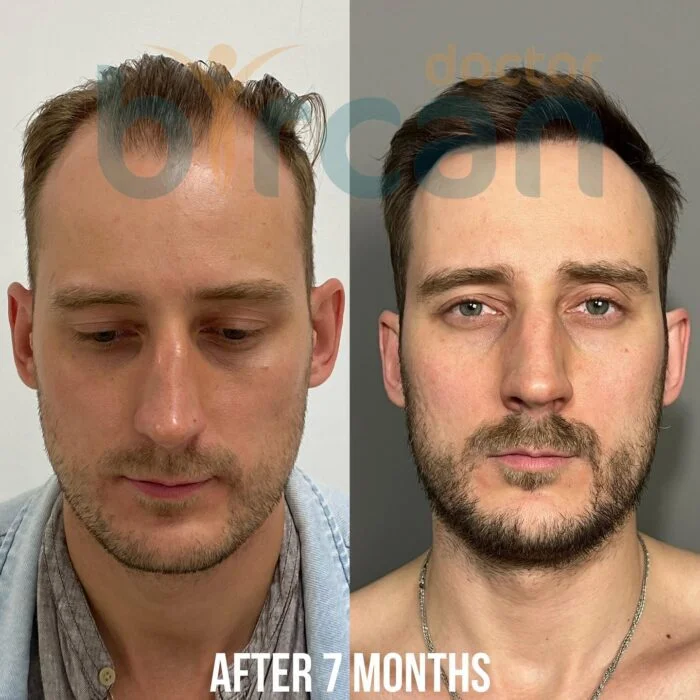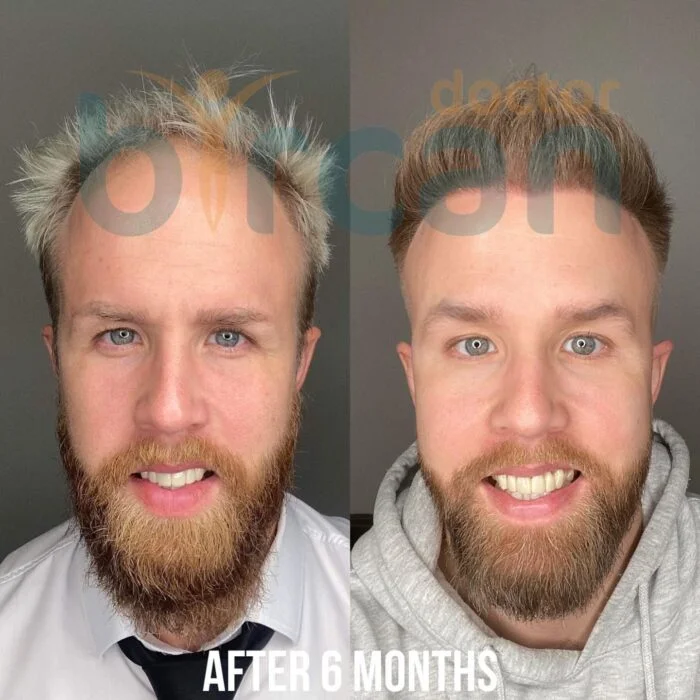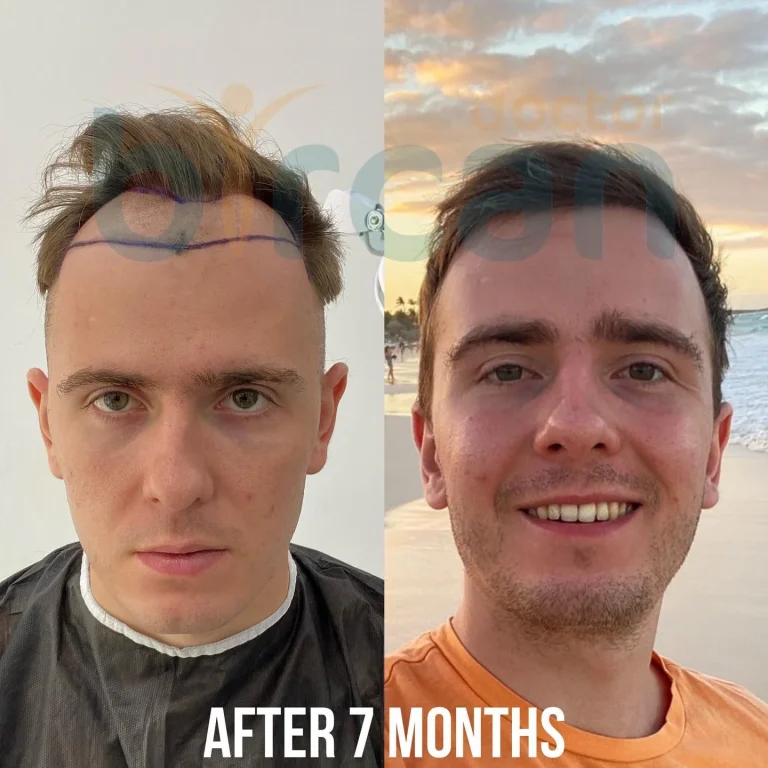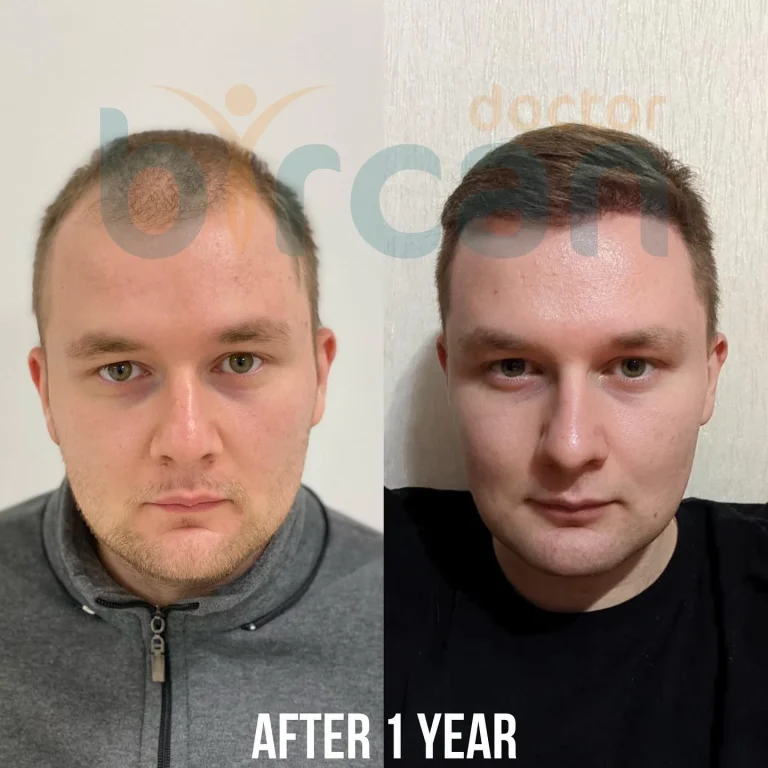Mini Abdominoplasty
Target Stubborn Belly Fat with Precision: Try Mini Abdominoplasty!
Mini abdominoplasty targets the lower abdomen, removing excess fat for a flatter, firmer look. Achieve toned results with this minimally invasive procedure!
Book your free consultation now for a fresh, new look!
"Discover our solutions with a free consultation—contact us today!"
Abdominoplasty or tummy tuck is an operation performed by following surgical procedures to remove flabby, loose skin and stretch marks on the abdomen.
In some cases, no major surgery is required and the abdominoplasty can be performed with minor surgical procedures.
What is a mini abdominoplasty?
Mini Abdominoplasty, also known as a mini tummy tuck, is the aesthetic surgery required to remove slight or moderate sagging of the abdomen and give the abdomen a flat, firm and vivid appearance. If there is no excessive fat in the abdominal area and the sagging is not great, a Mini- Abdominoplasty can be performed, which is a smaller procedure than the total abdominoplasty. It is applied to the lower abdomen.
How is a mini tummy tuck performed?
- The mini- tummy tuck is performed under general anesthesia.
- The specialist makes an incision in the area of the lower abdomen, which remains under the underwear. After removing the excess fat around the abdomen and waist, the flabby skin in the lower abdomen is tightened and the excess skin is cut.
- The operation, which takes 1 to 1.5 hours, involves strengthening the existing muscle tissue, removing fat and tightening the skin.
- The incision site is sutured and the patient waits until the effect of the general anesthesia disappears.
Why Mini tummy tuck?
- People who do not have excessive sagging and stretch marks after pregnancy can make their skin look aesthetic with a mini tummy tuck.
- The operation time is shorter in comparison with a total abdominoplasty and the recovery time is easily and quickly overcome.
- The incision site is small and a scar difficult to detect is left, as aesthetic stitches developed with advancing technology are used. This scar is located in an invisible area that people can easily cover.
- Since weak muscles are strengthened and tightened, the deformities are eliminated after the surgery.
- Since it is a minor surgical operation and the area of application covers a small area, the risk of infection and complications is very low.
- If the person pays attention to the instructions, diet and daily activity level during the healing phase, a long-lasting result is achieved.
For whom is a mini tummy tuck suitable?
People who are suitable for a total tummy tuck can remove their flabby and loose skin and stretch marks with a mini tummy tuck and strengthen their loose muscles. If the person does not have excessive fat accumulation in the abdominal area, the abdomen can recover after liposuction and achieve a firmer appearance with a mini tummy tuck. Mini tummy tuck is not a slimming procedure. It is only used to get rid of flabby skin and to achieve a beautiful appearance in people with normal weight or near this weight. This procedure is gender-neutral, but is used on people over 18 years of age. After the medical check-up, a mini-abdominal lift can be performed on persons whose health condition does not pose any risk when using anesthetics and the operation can be performed without any problems. Pregnant women should not have a mini-abdominal lift, as the skin will become flaccid again.
After the Mini tummy tuck
- In the case of a mini tummy tuck, the person can be discharged on the same day and, if necessary, remain in hospital for 1 day.
- 2 hours after the operation the patient eats and starts walking easily.
- The drug treatment is started to prevent the occurrence of pain. The pain is controlled with painkillers a few days after the surgery.
- The patient should lie flat during the night after the surgery. The next day the patient can lie on his or her side. Lying face down should be avoided for several weeks.
- The person will have the dressing changed occasionally and can have the stitches removed after 1-2 weeks. Some stitches of the new technology, can melt in the body and do not need to be removed.
- A shower can be taken after one day. After 3 weeks the patient can return to his normal life and perform light sports activities, except abdominal exercises. At the end of the 6th week he can perform all sports activities.
- Heavy and sudden movements should be avoided before the suture is completely healed.
What is mini abdominoplasty?
Mini abdominoplasty, also known as a mini tummy tuck, is a cosmetic procedure that removes excess skin and fat from the lower abdomen without repositioning the belly button. It is ideal for individuals with mild skin laxity below the belly button.
Who is a good candidate for a mini tummy tuck?
This procedure is best for individuals who have loose skin or a small fat pocket in the lower abdomen, but do not need muscle tightening in the upper abdomen. It is popular among post-pregnancy patients and those who have lost weight.
How is a mini tummy tuck different from a full tummy tuck?
A mini tummy tuck targets only the lower abdominal area, requiring a smaller incision and less downtime. A full tummy tuck removes excess skin and fat from the entire abdomen and tightens muscles.
How long does recovery take after a mini abdominoplasty?
Most patients can return to light activities within 1-2 weeks. Full recovery typically takes 4-6 weeks, with swelling and bruising gradually subsiding. Wearing a compression garment helps with healing.
Will I have a visible scar after a mini tummy tuck?
Yes, but the scar is smaller than that of a full tummy tuck, usually below the bikini line. Over time, with proper care, the scar will fade significantly.
Can a mini tummy tuck remove stretch marks?
If stretch marks are located below the belly button, they may be removed along with excess skin. However, stretch marks above this area will remain.
How long do the results of a mini abdominoplasty last?
Results are long-lasting, but weight fluctuations and pregnancy can impact the outcome. Maintaining a healthy diet and active lifestyle helps preserve results.
How much does a mini tummy tuck cost?
The cost varies based on the surgeon, clinic location, and complexity of the procedure, typically ranging from $4,000 to $10,000.

